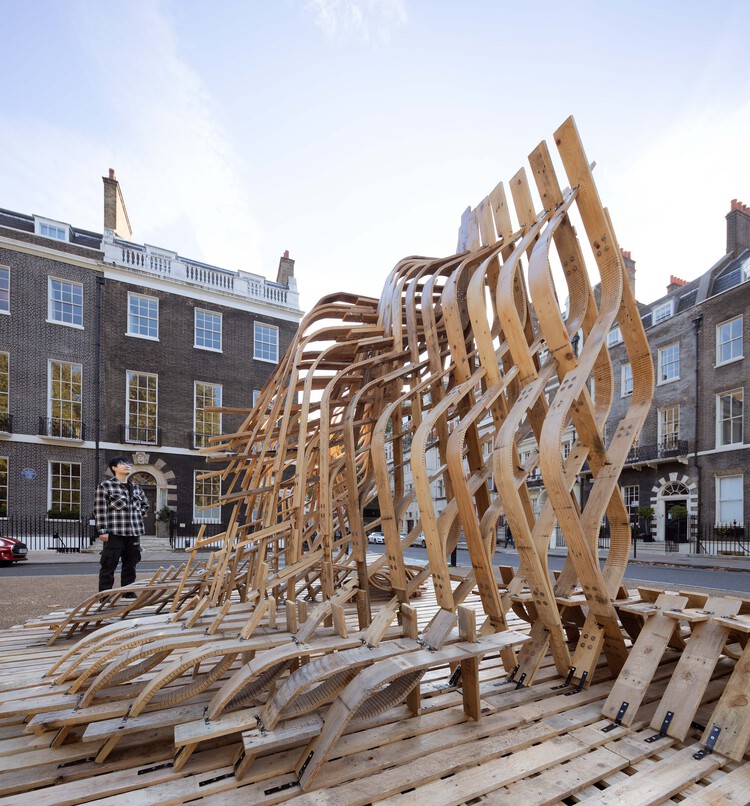
In this new collaboration, originally titled Cartografías del Metaverso (Cartography in the Metaverse), Spanish architects and founders of the blog MetaSpace, Enrique Parra and Manuel Saga, explore the potential of mapping in video games. Mapping can sometimes go beyond the mere role of orientation, as in the Diablo sequel, and become a very important element of the game, as in Civilization and World of Warcraft.
The cartographic and planimetric language of architecture is also common to the world of video games. Many video games base much of their experience on interaction with one or more maps, through which users orient themselves to find out where they are and where they are supposed to be.
One example is the Civilization saga, a series of empire management games created from 1991 to date. All versions are played on a map, a geographical view of the world that represents different areas, available resources, geopolitical balance, and other factors. These variants are the rules of the game, the situation the player faces; the map becomes a dynamic fabric, ie, the interface that makes up the game.



Sora.jpg?1637834361)
Sora.jpg?1637834374)
Sora.jpg?1637834334)
Sora.jpg?1637834417)
Sora.jpg?1637834405)






























.jpg?1632299699)
.jpg?1632299688)
.jpg?1632299564)
.jpg?1632299617)
.jpg?1632299643)


































.jpg?1637575616)
.jpg?1637576323)